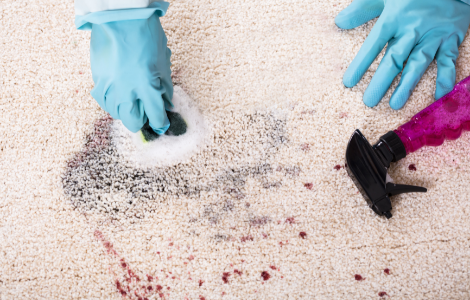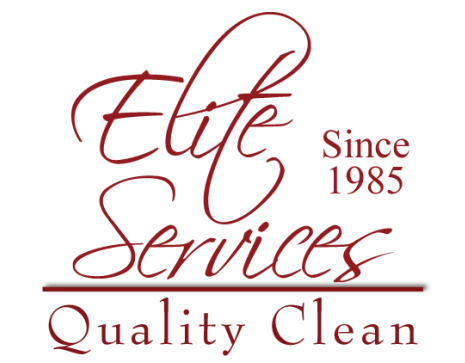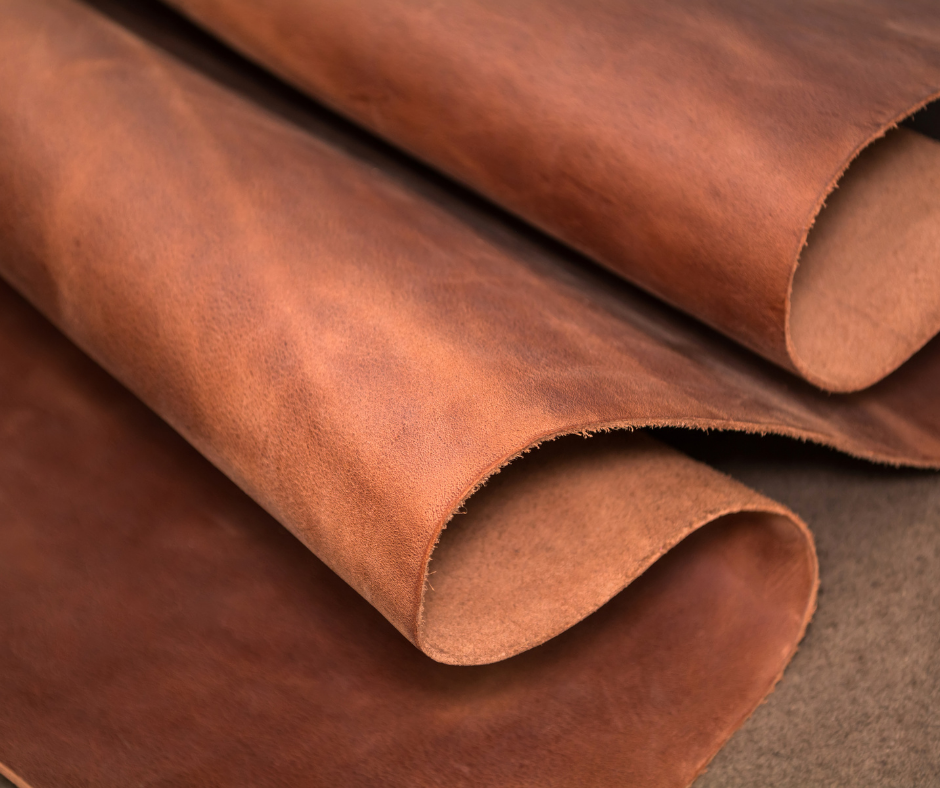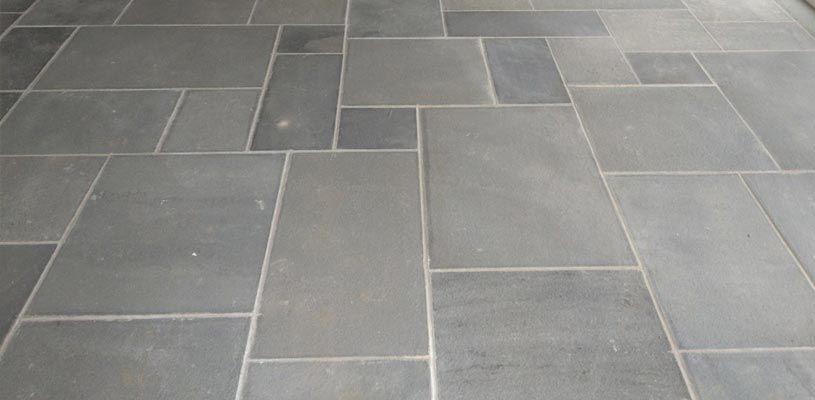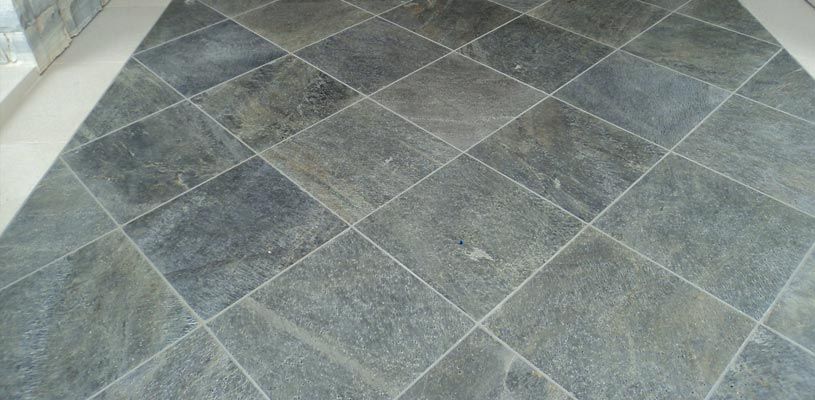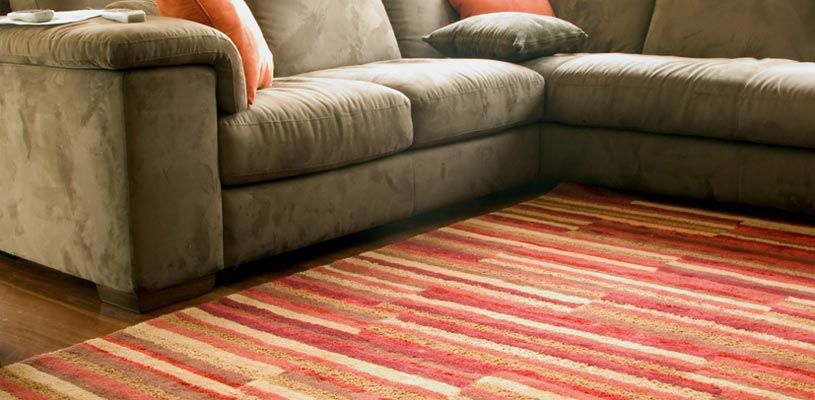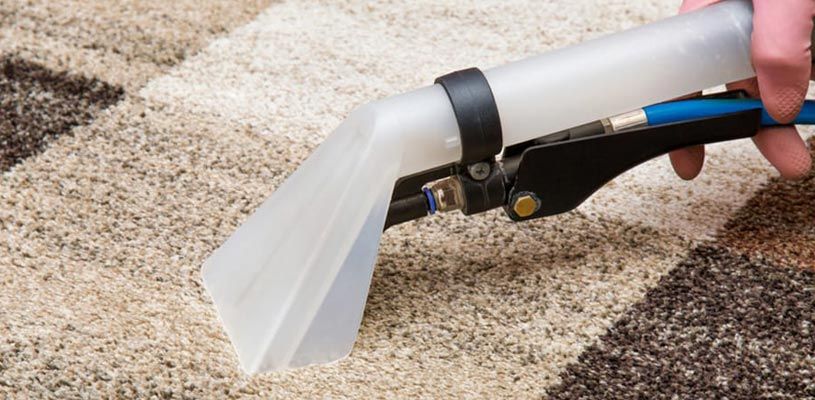Vinegar and Grout
We were asked to put together some articles or references when it comes to the use of vinegar with your grout. We at Elite Services Quality Clean recommend for homeowners to not use vinegar during your maintenance cleanings to clean your grout. This is because it is acidic and breaks down the calcium in the grout, thus weakening the grout. We always recommend getting a Neutral pH cleaner to use. You can find this at your local Sam’s club, Janitorial supply store or Lowe’s or Home Depot. As always we are happy to help you with your cleaner choice. Please see some articles blow and the links where we found them for more helpful information. What you see below has been copied and pasted from the source sites and the source sites referenced.
How do I clean grout?
Source: Tile Council of North America, Inc
Cementitious grout, as you may have observed, is porous – it can absorb a stain. Looked at under a microscope, there is a large surface area to absorb stains. For this reason, many owners choose to seal their grout – usually the better the sealer, the more the grout joint is protected. Even better, if epoxy grout is used, it is virtually the same as stain proofing the tile.
Removing stains from cementitious grout is similar to removing stains from clothing. The same cleaners you might use on clothes to get out a stain should also work on grout.
Keep in mind though, that grout is based primarily of cement and sand. Sand, like glass, is unaffected chemically by most cleaners. Cement is not – rather it is alkaline based and is dissolved by acids. As baking soda and vinegar react, so do grout and vinegar.
Accordingly, it is better to clean grout with an alkaline cleaner (Spic and Span, Mr. Clean, etc.) than an acid-based cleaner. There are also specialty cleaners available at most tile retailers that are designed for tile and grout. There are also cleaners with enzymes that attack stains similar to enzyme pre-soaks for laundry.
The same cleaner that works on the grout generally will work well on the tile. In fact, since the tile is usually so easy to clean, the tile can often be cleaned with water.
Just a few more important points: As the grout can absorb the soap as well as a stain, do not clean with oil or wax-based cleaners (Murphy’s Oil soap, Pine-Sol, etc.). These products will leave a waxy or oily film in the grout. Even good alkaline cleaners, if not properly rinsed, will leave a sticky soap film. This usually attracts dirt. In fact, truly clean ceramic tile without any sticky soap film will stay very clean as the tile does not tend to hold an electrostatic charge (which can attract some kinds of dirt).
The absolutely best way to clean grout is to apply the cleaner and then vacuum (“shop vac”) up the dirty water. This lifts the dirt off the joint. Apply water and vacuum that water up. This lifts off any remaining soap film.
Just to mention it, there are tile installers that remove very stubborn stains on the grout with an acid (like straight vinegar or a stronger acid). There they have elected to dissolve the top layer of grout molecules so the stain is no longer attached to anything. While this works, it is not recommended by the grout manufacturers – needing to replace the grout is sometimes the result. Also, extreme care should be used when handling any acids.
Should you be unable to get your grout clean through conventional methods, you may also want to try steam. Some stains that do not respond to conventional cleaners will come clean when subjected to pressurized steam. As a last resort, some installers elect to cut out the grout and grout again. This is possible although care must be taken to not damage or loosen the tile. Generally, it is not possible to grout directly over the old grout without cutting the old grout out. The same contaminants that made the old grout dirty may prevent new grout from sticking properly.
Source: Marblelife
IF YOU HAVE MARBLE, TRAVERTINE, POLISHED CONCRETE OR GROUT (AKA TILE) THERE ARE HUGE REASONS NOT TO USE VINEGAR.
Urban legend suggests vinegar is a good cleaning agent. In truth, it has the insidious ability to attack your floors in three distinctly different manners. In each case, the damage is done over time; kind of like eating sweets. One isn’t going to hurt you but eating the bag over time can impact the eater’s weight.
- Etching – Vinegar’s ability to dissolve CaCO3 will dull your marble, travertine, concrete and terrazzo surfaces. It may “clean” the surface but it is also dissolving pits into the finish and effectively dulling it. Over time, what appears as wear on your floor may in fact be a broad acid attack resulting in an etched surface. Wear is characterized by long shallow scratches created when a piece of sand or other debris is trapped under one’s foot and is scraped across the surface. An etch is characterized by pinholes in the surface where the acid has dissolved away the CaCO3 in the stone or grout. The difference can be seen with a magnifying glass. This will affect marble, travertine, concrete and concrete terrazzo surfaces.
- pH Shift – Vinegar’s ability to shift the pH of a surface due to its acid nature creates a condition which reverses the reaction used to seal your grout and stone surfaces- allowing the seal to be floated away while in its un-reacted state. At pH 7 your seal is like glass but at ph 1 it has been reverted back to its liquid raw materials form and can seal nothing.
- Leeching – Vinegar’s ability to leech out grout dyes will lighten and eventually decolor grout over time.
WHAT’S IN VINEGAR? Vinegar consists of acetic acid, a natural and inexpensive acid. Its low cost is why it has become so popular as a cleaning product ingredient. In fact, we have been using it since Roman times, however, this was not one of their great gifts to mankind. They just happened to be the first to be tricked by this trickster “cleaner.”
GOT CERAMIC TILE?:
Ceramic tile surfaces are impervious to acid. BUT, for the accompanying grout, it is NOT. In fact, this may be THE major reason why your grout has discolored and unable to return to a like-new appearance. Don’t worry, once you understand what is happening, there are solutions that cannot just restore a fresh clean appearance, but will allow you to greatly simplify your cleaning going forward. Think COLOR SEAL and TILELOK. Your grout has been protected with a penetrating sealer designed to fill in the pores in what is otherwise a concrete-like matrix- unsealed, and it would absorb liquids just like rain on a concrete sidewalk. Acids and kinds of vinegar have the nasty effect of changing the pH condition of the grout in such a manner that it unzips the penetrating sealer’s chemistry returning it to its raw materials state. The act of washing literally floats these materials out of your grout. Over time your grout becomes unsealed and is now free to absorb dirt. Particularly dirt from your mop water as you clean the floor. Once inside the grout, it gives a stained appearance and is extremely difficult to remove, particularly if it is an oil to grease-based dirt, which of course will not mix well with the water in your mop bucket (unless you are using a MARBLELIFE CLEANER – but that is a subject for another article).
GOT GROUT?
If you have a tile floor you sure do. In addition to breaking down the seal as noted above, vinegar has the ability to leech out the grout’s color and any dyes. The fact that a floor looks lighter and whiter after its use is a major reason people have gravitated to it. However, the real reason this occurs is not cleaning but rather more closely associated with bleaching. The grout is being robbed of its color. Overtime your grout will trend towards a light cement grey color. The good news is that the color CAN be restored to your grout using a process and technique called COLOR SEALING. This requires a colorized seal to be re-applied to the grout, where it will be absorbed. The treatment is reapplied until a uniform color is obtained. Once completed, a color-sealed grout line will have greater uniformity in color than the original grout. Hard to believe, but factually true! This has to do with the grout’s loss of water overtime during the short period the installer is installing it (another article).
Grout suffers a second issue in that many dyes used to color the grout can be leached out of the grout using an acid, like vinegar. As such, the lightening that is perceived to be the acid cleaning is actually the removal of the dye and the grout’s color. Overtime continuous use can turn a colored grout back to its cementitious gray root color.

